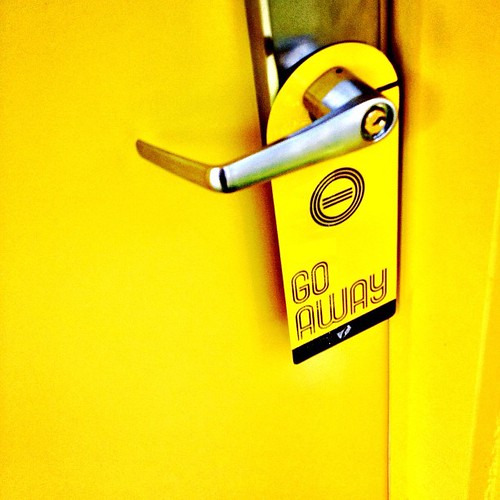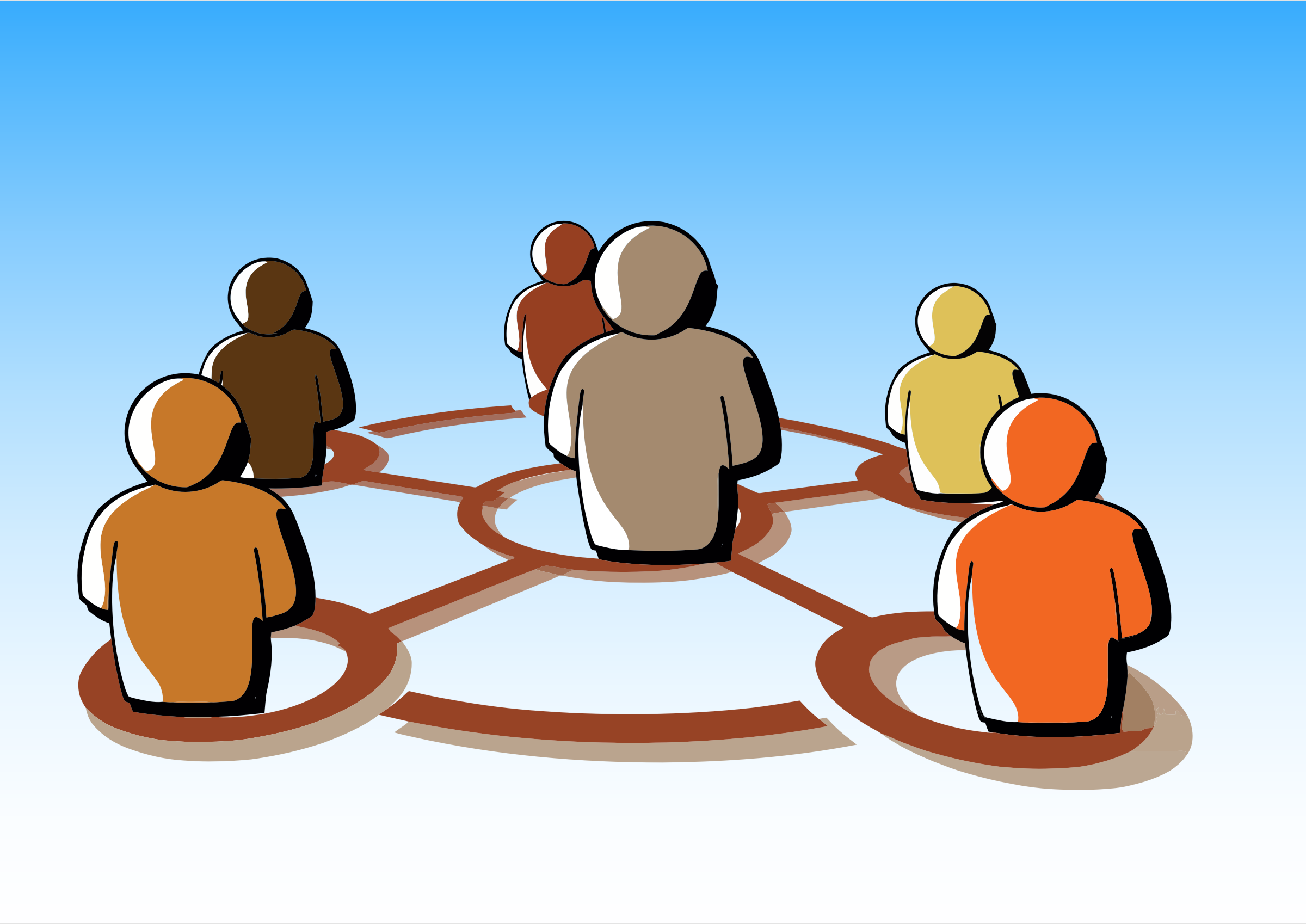I just discovered that I AM one of my teenage students. It has been so long since I’ve been in a typical student role, that having assignments and readings within the VOLT program places me squarely in their shoes. What level of motivation will I need to complete this week’s tasks? What is my previous knowledge coming into the readings and what will I be able to relate them to? What is my assessment of the learning this week and how will I (will I even) retain any of it beyond this week? This week’s readings, I think, kind of touch on the answers to those questions, and I am once again thankful that my learning is relevant and my time well spent.
The R. Keith Sawyer piece discusses learning sciences, and I found that I was able to really delve into this particular article. Opting for deeper conceptual understanding and reflection over instructionism, the old guard, means that education will become more meaningful and will carry us into the future better equipped to handle whatever is ahead. While I respect researchers’ need to put the word science with many things, I believe “learning sciences” can be substituted with “the Art of Learning.” My limited logical brain knows it is important to theorize, experiment, clarify, quantify, qualify, measure, conclude and summarize; however, that which governs me, my creative side, narrowly sees teaching as an art. Observation has been my greatest instrument toward knowing how to design my instruction. Followed closely by reflection and revision, I have been able to spend my career so far trying various strategies, observing students’ reactions and successes or failures, and tweaking various bits to get more desired outcomes. I think of sitting to draw a picture, conceptualizing what I want it to look like, making some strokes, and erasing or redoing sections to make the figure match or at least resemble the image in my head. Sometimes, the sketch page ends up looking like a bloody mess. I guess sometimes my classroom has looked similarly. Thank goodness for resilient kids (and large erasers called summer)!
So, the new science of learning to me is not new at all. Walking into the classroom just like logging into an online class shouldn’t take a student out of the real world into a completely new learning environment. The learning environment should mirror what that student is already familiar with to some degree. Or maybe, the learning environment should mimic what the real world is actually like. The idea of situativity really spoke to me, as I think students are missing authentic situations in which they can apply their knowledge. But even prior to that, we need to consider how students learn. Before we can give them real world situations, we have to teach them, or rather provide them with opportunities to learn in authentic and meaningful ways. This year, I am proud to say that I have taught less than I ever have. This is truly a victory for me. I have been making a conscious effort to imagine what skills students are going to need in their real lives and replicating that in their learning activities. It is easy for an online student to forget that he or she is in a community of other learners. An online student can become an island unto themselves if not guided in the right direction. Knowing this, my partner Jenn and I push them beyond their comfort zones, requiring them to collaborate, reflect, discuss, rethink, etc. They are taking responsibility for their own learning and actually for the learning of their peers! They would not be doing this if Jenn and I taught our subjects in isolation a la instructionism. Bleck.
Vygotsky was onto something when he talked about articulation and learning. I think it is the best way to make learning stick. Hand-in-hand with learning in relevant and practical ways is what to do with the knowledge once it is obtained. For many students, they learn just as much as they need to in order to do well on a test, and then it escapes their brains after 3pm on test day. New to me this year is this exact fear. I don’t want my students to forget anything. This is why discussion and reflection has been such an integral part of our class. What is so cool is that students are using the tech tools we’ve shown them and tools of their own selection to engage in this articulation and reflection. They have started to make unbelievable connections between what we are learning in class, what the learning is in their other classes, and what they experience in their lives outside of class. Sawyer discusses technology as a part of learning sciences research that support deep learning. In my inbox right now are videos, glogs, pamphlets made in Word, and original illustrations students have created in order to showcase their knowledge about Japan’s history. They use a wide array of tools to articulate and reflect on their own learning. Tomorrow, in class, students will present their learning and will engage in peer review that supplants my own assessment of them. At some point, I don’t want my assessment of them to carry as much weight as their own assessment of themselves. This will be another victory.
As for how science and data collection play into this new “learning science,” I welcome any researcher to do one of those yearlong studies of Jenn Burke’s and my class. We do an awful lot of our own data collection and have already come to some valuable conclusions about teaching and learning through 3 years of grant projects, but we often come to conclusions similar to Ertmer and Newby when they state: “Is there a single “best” approach and is one approach more efficient than the others? Given that learning is a complex, drawn out process that seems to be strongly influenced by one’s prior knowledge, perhaps the best answer to these questions is “it depends.” It truly does. It depends on a lot…but I am comforted knowing that our present methods and strategies are being supported by more and more research and that we’re on the right track as verified by our kiddos who are truly learning, articulating, reflecting, and connecting.





